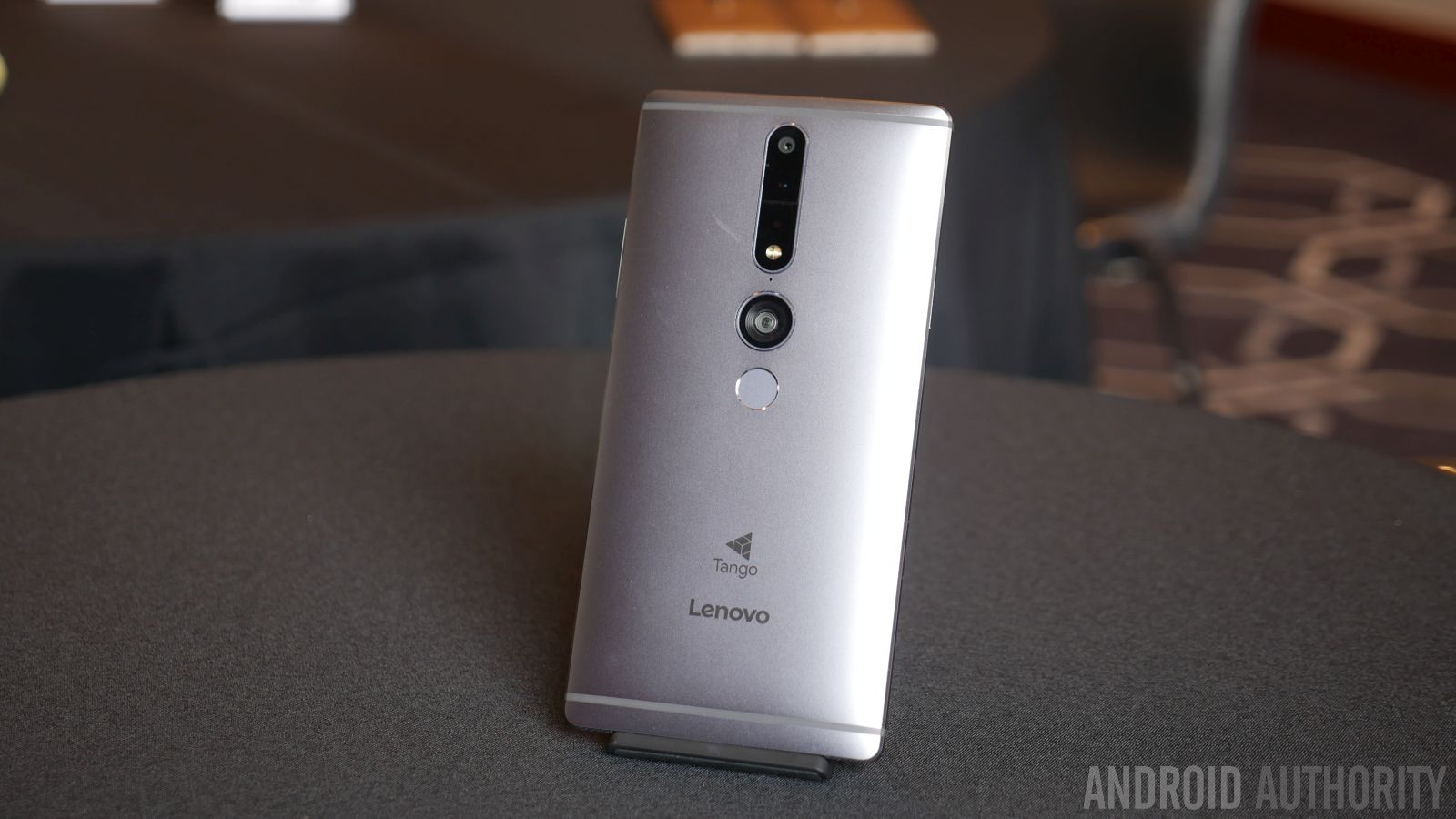Affiliate links on Android Authority may earn us a commission. Learn more.
Google's Daydream and Tango teams are now under the Google VR division

Google is making a small, but potentially significant, change in its organization, linking two separate teams and putting them under one division. The Daydream team, responsible for the Daydream View VR headset and software, is now working alongside the Tango team, which created the 3D depth sensing camera for smartphones and tablets.
UploadVR confirmed the change while speaking to Johnny Lee, the director of engineering for the Tango team, at a recent press event. Lee stated:
From an organizational standpoint, Tango and Daydream work together. I report directly to Clay Bavor, who reports directly to Sundar Pichai.
Bavor is the Vice President of Virtual Reality for Google, while Sundar Pichai is, of course, the company’s CEO. The move indicates that Google wants all of their VR and AR teams under one roof, and that seems to be a sound idea.

Today just happened to be a big day for both the Daydream and Tango teams. Google confirmed that the Daydream View headset will begin shipping on November 10 in five countries. Meanwhile, the Lenovo Phab 2 Pro, the first ever smartphone with the Tango 3D camera, went on sale for $499.99, with over 35 AR apps developed specifically to use its 3D mapping features for AR experiences.
Bringing both teams under one division would seem to suggest that Google could combine the 3D mapping AR features on the Tango camera with the VR technology available with the Daydream View in a future Google virtual reality product. Indeed, when UploadVR asked Lee if this could happen, he simply replied, “That would be a very good idea.”
It’s going to be interesting to see how the next generation of Google VR products will benefit from two teams that have worked on different projects that have a number of similarities. Do you think this move means that Google is getting more serious about both VR and AR?